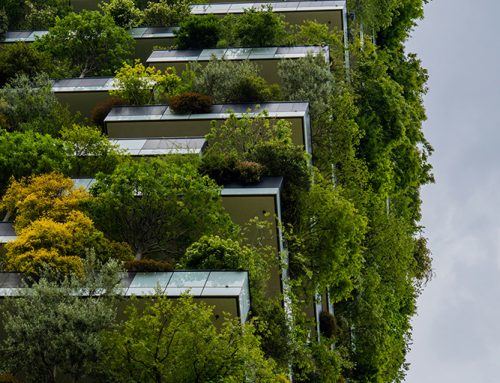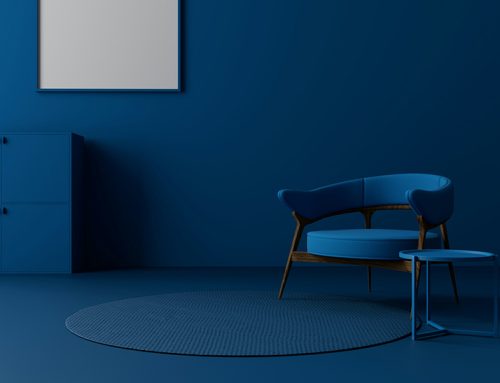As we get ready to transition from the warmth of summer to the cooler days of autumn, the change in season brings more than just a shift in temperature and shorter daylight hours. For businesses and organisations, these changes can significantly impact employee wellbeing and productivity. As workplace consultancy and interior architecture specialists, we’re here to help you recognise how the environment affects the workforce and how thoughtful design and planning can mitigate some of these seasonal challenges.
One of the first noticeable changes is the drop in temperature. As the days grow colder, employees may find their comfort levels shift, affecting both morale and concentration. Maintaining a consistent and comfortable indoor climate is crucial. Investing in smart heating, ventilation and air conditioning systems that can adapt to fluctuating temperatures can help manage this, but it’s equally important to provide flexibility in the office environment.
Allowing employees access to personal temperature control, such as space heaters or desk fans, gives them the autonomy to regulate their immediate surroundings, ensuring that no one is too hot or too cold, regardless of the outside weather. In addition, using textiles like rugs, heavy curtains, or even upholstered furniture can help retain warmth and create a cosier atmosphere, softening the psychological impact of the changing season.
Darker evenings can also take a toll on the workplace. With less natural light during the day, the lighting design becomes paramount in keeping spaces bright, welcoming, and conducive to productivity. A well-lit office is not just about brightness but about the quality of light. Harsh artificial lighting can cause eye strain, headaches, and discomfort, particularly when paired with the dimmer daylight that comes with autumn.
We’d advise ustilising a mix of lighting solutions, such as warm LED lights, task-specific lamps, and lighting that mimics natural daylight to help employees maintain their energy levels and stay alert throughout the day. For spaces that allow, maximising natural light through open layouts, larger windows, or skylights can help make the most of the available daylight.
Mood and energy levels naturally dip as the days get shorter. Seasonal Affective Disorder (SAD) is a real concern for many during the autumn and winter months. To combat this, designing spaces that foster well-being is critical. Incorporating biophilic design elements—like plants, natural textures, and organic shapes—can create an environment that feels alive and uplifting even as the trees outside shed their leaves. Breakout areas that encourage movement, relaxation, or even the option to work from a different, more tranquil space can help employees feel refreshed throughout the day. Additionally, considering the sensory elements of a space, such as adding soothing colours like warm neutrals and earthy tones, can create a grounded and inviting atmosphere that counters the gloom of darker days.
Flexibility in workspaces is another important consideration. As daylight hours shorten, employees may prefer working hours that align more with natural light, such as earlier start times or extended break periods during daylight hours. Offering flexible working policies or designing areas that function equally well for both collaborative and focused work allows employees to adapt their schedules and working habits in response to seasonal changes.
Lastly, autumn is a perfect time to foster a sense of community and connection within the workplace. With fewer daylight hours and the cooling weather driving people indoors, providing communal spaces that encourage interaction can help maintain morale. Incorporating shared lounges, warm coffee corners, or even organising seasonal events can help employees feel more connected, reducing the isolating effects of the season. These spaces can also encourage collaboration and creativity, key drivers for organisational success.
As workplace consultants and experts in interior architecture, we understand that each season requires unique adaptations. Transitioning from summer to autumn is about more than just adding layers of clothing—it’s about creating environments that are sensitive to human needs. By addressing temperature control, lighting quality, biophilic design, and flexible working arrangements, businesses can ensure their employees feel supported, comfortable, and motivated as they move through the year. With careful planning, the shift to autumn can be an opportunity to create spaces that are not only functional but deeply nourishing for the people who work in them!






